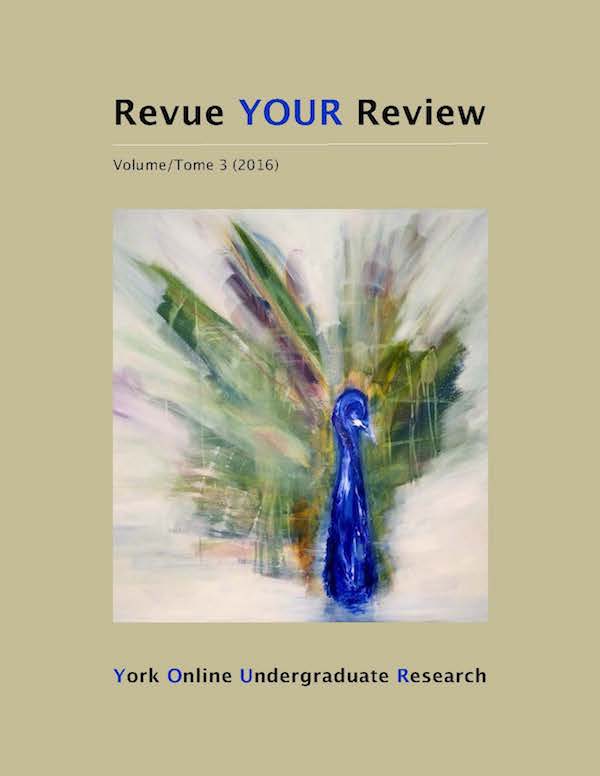The Danger of Shareholder Primacy: Harm to Stakeholders, Shareholders, and the Well-Being of the Corporation
Keywords:
agency theory, contract law, corporate law, property law, shareholder primacyAbstract
The shareholder primacy model has been increasingly used to manage corporations, even though U.S. and Canadian corporate law does not require it. This paper analyzes three major arguments for using this model. The first relies upon contract law, the second appeals to concerns regarding agency costs, and the third focuses on property. In spite of these pervasive arguments, the adverse consequences of shareholder primacy are much greater than its benefits. Three adverse consequences include clashing interests between shareholders and creditors; the inadequacy of this model to address the interests of different shareholders; and the model’s inefficient and inequitable effects on stakeholders and the corporation. Instead of pitting the interests of stakeholders against each other, we should be developing a model whereby the value of each stakeholder to the corporation is calculated according to each corporation’s unique financial and social situation.How to Cite
Issue
Section
License
Authors contributing to Revue YOUR Review agree to release their articles under one of three Creative Commons licenses: Creative Commons Attribution 4.0 International; Creative Commons Attribution-NonCommercial 4.0 International; or Creative Commons Attribution-NoDerivatives 4.0 International. All editorial content, posters, and abstracts on this site are licensed under Creative Commons Attribution-NoDerivatives 4.0 International. For further information about each license, see:
https://creativecommons.org/licenses/
In all cases, authors retain copyright of their work and grant the e-journal right of first publication. Authors are able to enter into other contractual arrangements for the non-exclusive distribution of the e-journal's published version of the article (e.g., post it to an institutional repository or publish it in a book or in another journal), with an acknowledgement of its initial publication in this e-journal.


